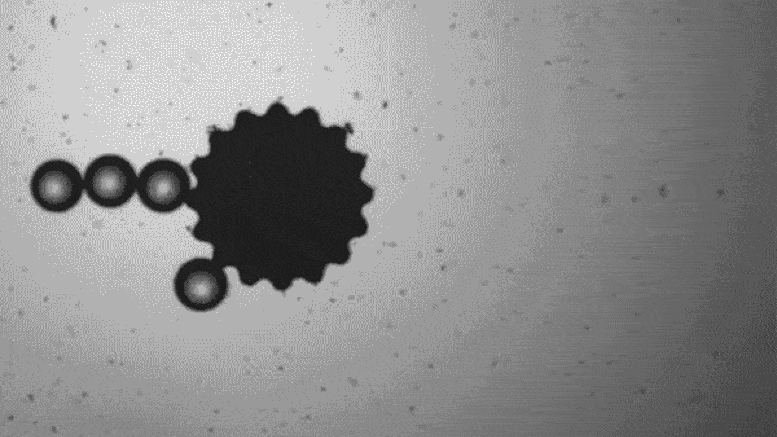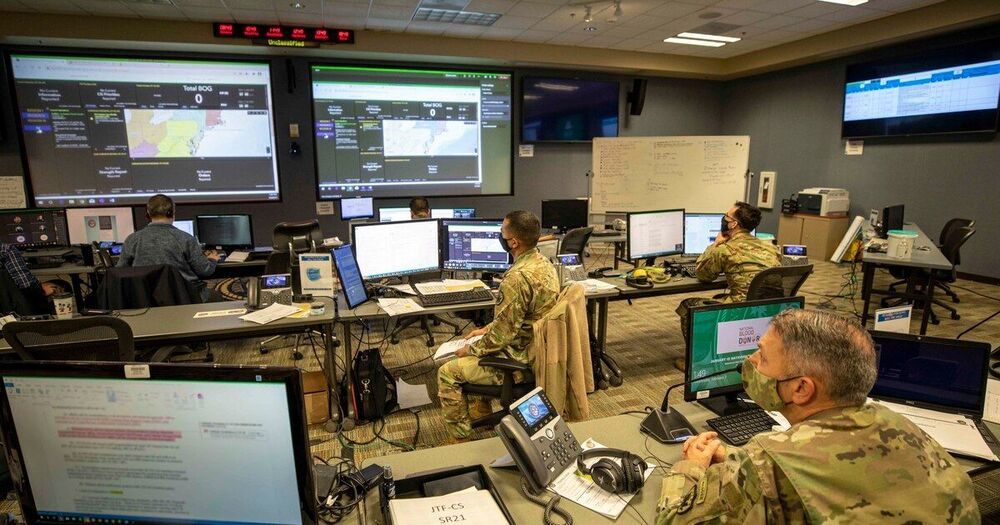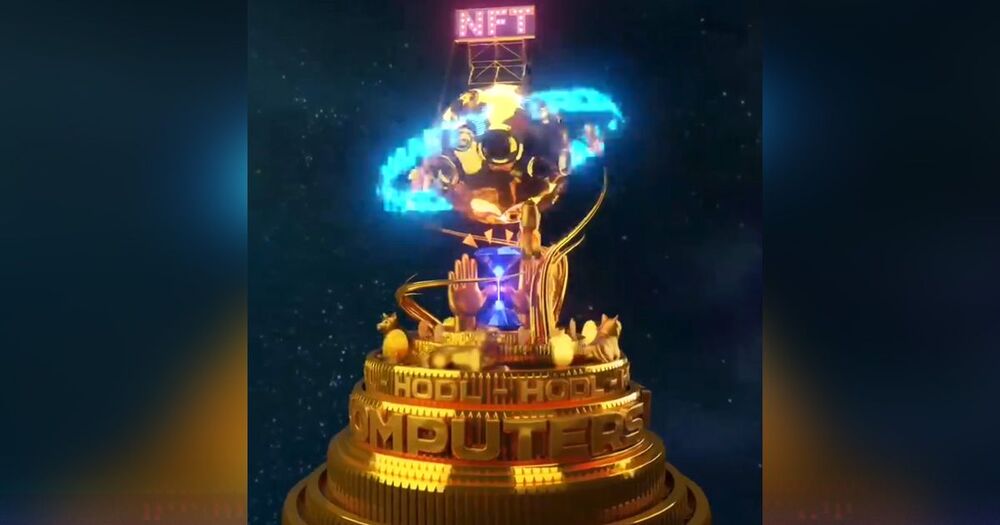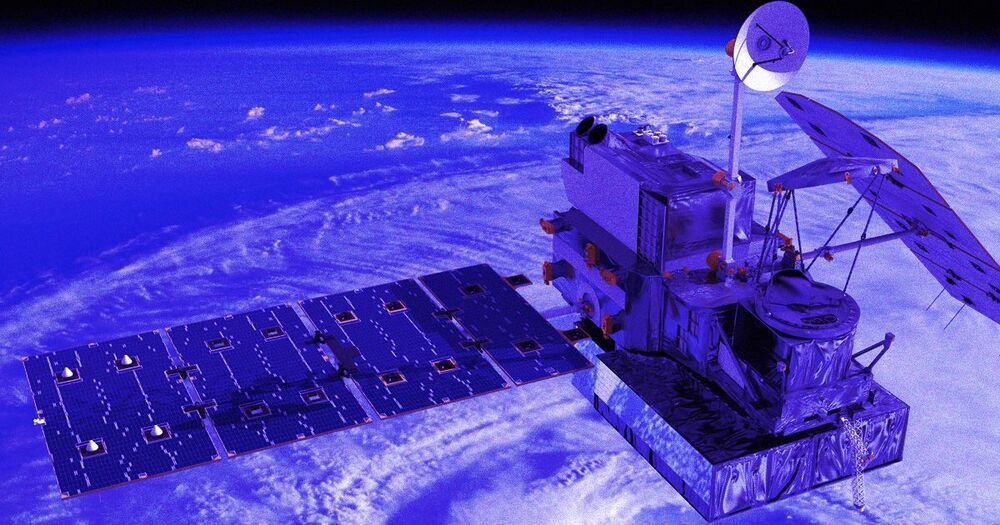The internet of things boom in the enterprise is driving edge computng, and a pilot program in Texas will focus on processing data at scale.
The debate holds a special interest for neuroscientists; since computer programming has only been around for a few decades, the brain has not evolved any special region to handle it. It must be repurposing a region of the brain normally used for something else.
So late last year, neuroscientists in MIT tried to see what parts of the brain people use when dealing with computer programming. “The ability to interpret computer code is a remarkable cognitive skill that bears parallels to diverse cognitive domains, including general executive functions, math, logic, and language,” they wrote.
Since coding can be learned as an adult, they figured it must rely on some pre-existing cognitive system in our brains. Two brain systems seemed like likely candidates: either the brain’s language system, or the system that tackles complex cognitive tasks such as solving math problems or a crossword. The latter is known as the “multiple demand network.”
The tool looked for inconsistencies in the reflections in both of a person’s eyes to determine whether the image was real or fake.
At microscopic scales, picking, placing, collecting, and arranging objects is a persistent challenge. Advances in nanotechnology mean that there are ever more complex things we’d like to build at those sizes, but tools for moving their component parts are lacking.
Now, new research from the University of Pennsylvania’s School of Engineering and Applied Science shows how simple, microscopic robots, remotely driven by magnetic fields, can use capillary forces to manipulate objects floating at an oil-water interface.
This system was demonstrated in a study published in the journal Applied Physics Letters on January 28, 2020.
STUTTGART, Germany — NATO and its member nations have formally agreed upon how the alliance should target and coordinate investments in emerging and disruptive technology, or EDT, with plans to release artificial intelligence and data strategies by the summer of 2021.
In recent years the alliance has publicly declared its need to focus on so-called EDTs, and identified seven science and technology areas that are of direct interest. Now, the NATO enterprise and representatives of its 30 member states have endorsed a strategy that shows how the alliance can both foster these technologies — through stronger relationships with innovation hubs and specific funding mechanisms — and protect EDT investments from outside influence and export issues.
NATO will eventually develop individual strategies for each of the seven science and technology areas — artificial intelligence, data and computing, autonomy, quantum-enabled technologies, biotechnology, hypersonic technology, and space. But for the near future, the priority is AI and data, said David van Weel, NATO’s assistant secretary general for emerging security challenges.
The $7.5 million investment for a new networked systems center of excellence comes as the Defense Department looks to advance its future joint war-fighting concept.
After successful tests of three subcomponents by the British company, now comes the hardest part: putting it all together.
But the site’s cybersecurity measures appear to be lacking.
Several other Nifty Gateway users reported that their accounts had been hacked. “My entire account was just hacked and the person who got in wasn’t even booted after changing my password?!” one user wrote in a tweet.
According to a Nifty spokesperson who spoke to Motherboard, the company was aware of the fraudulent activity. The company claims the affected users didn’t have two-factor authentication turned on and that “access was obtained via valid account credentials.”
Japan’s space agency wants to keep the satellite’s cameras out of military hands.
An unusual geopolitical situation is brewing aboard the International Space Station. Prior to the military coup in Myanmar earlier this year, Japan’s space agency JAXA had been collaborating with the country to build microsatellites that it planned to deploy in partnership with Myanmar’s government.
Now, JAXA has no idea what to do with the pair of 50-kilogram satellites, according to SlashGear. And while Japanese scientists hope to bring the agriculture and fishery-monitoring satellites to life, they’re currently holding them on the ISS instead of deploying them out of fear they might be misused for military purposes — a striking example of real-world geopolitics spilling over into space.
After the military coup in Myanmar, Teppei Kasai, the Asia program director for the group Human Rights Watch noted that it would be relatively straightforward to use the satellites’ Earth-facing cameras for military or surveillance purposes, according to SlashGear.









